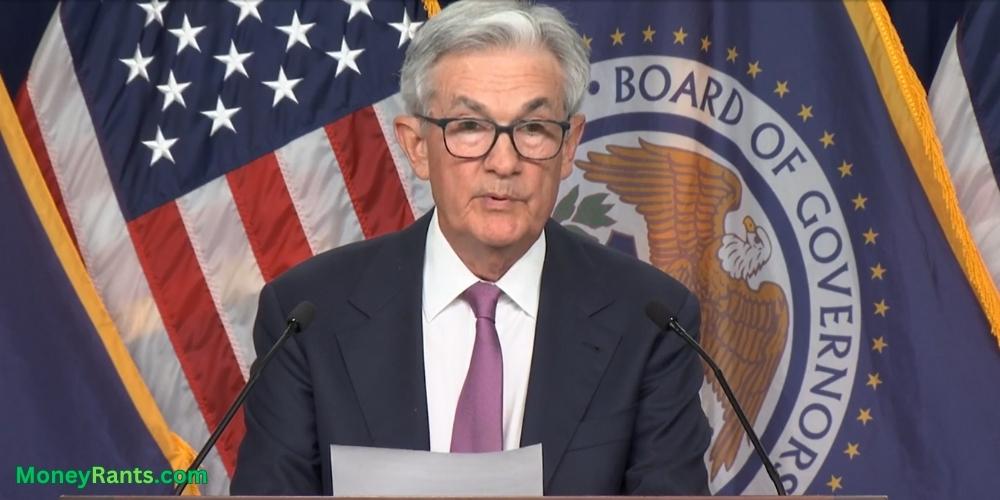On Wednesday, the Federal Reserve (Fed) paused its streak of interest rate hikes at ten, deciding to take stock of the cumulative impacts of the increases. The Fed’s policy-making arm, the Federal Open Market Committee (FOMC), though, forecasted a pair of quarter-percentage point boosts on the horizon before 2023 concludes. Although this decision created some initial stock market tremors, discussions on the fight against inflation managed to help the market recover.
The Chair of the Federal Reserve, Jerome Powell, indicated that the Fed has made substantial policy shifts, emphasizing that the full impact of its monetary tightening measures is yet to be fully realized. Over the next six weeks, the FOMC plans to study the outcomes of their policy actions, maintaining the target range for the crucial borrowing rate at 5% to 5.25%.
The markets were caught off guard by the FOMC’s “dot plot”, suggesting a median expectation of 5.6% for the funds rate by the end of 2023. This implies two additional increases within the last four meetings of this year. The committee is scheduled to meet again from July 25-26.
Nevertheless, Powell clarified that no concrete decision had been made regarding another potential increase in July. While the FOMC’s Wednesday decision was unanimously supported, committee members had diverse opinions about future hikes. Nine members, making up half the committee, expect two increases this year, two see none, and three foresee more than two.
The FOMC has also upwardly revised its economic growth outlook for 2023, forecasting a 1% GDP growth. They now predict a 4.1% unemployment rate by the end of the year. Regarding inflation, the committee’s consensus projection increased to 3.9% for core and slightly fell to 3.2% for the headline.
The Fed initiated rate hikes in March 2022 to counter rising inflation, culminating in a 5 percentage point rise. These fiscal tightening measures have escalated consumer borrowing costs and propelled mortgage rates to over 7%.
The US economy has been grappling with inflation as a result of various factors linked to the Covid-19 pandemic, including disrupted supply chains and labor market imbalances. The Fed has addressed these issues via policy tightening and reducing over half a trillion dollars from the assets it carries on its balance sheet.


Leave a Reply
You must be logged in to post a comment.